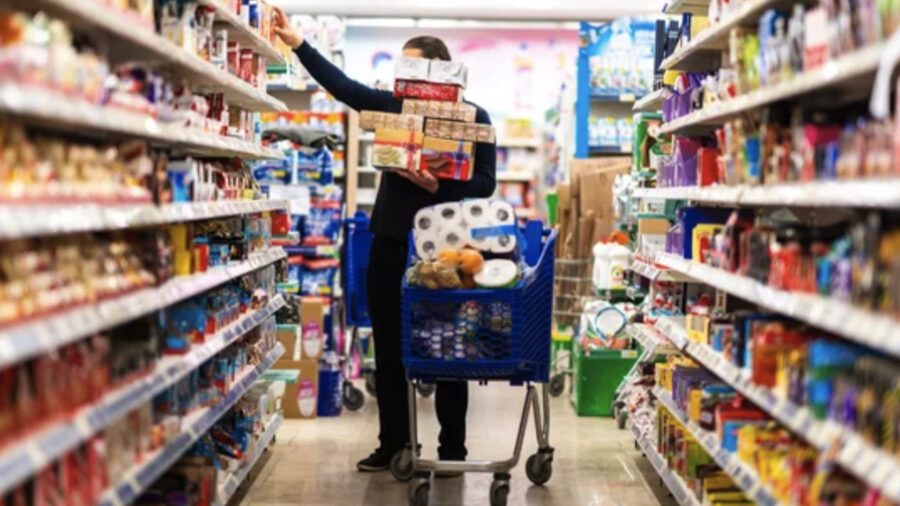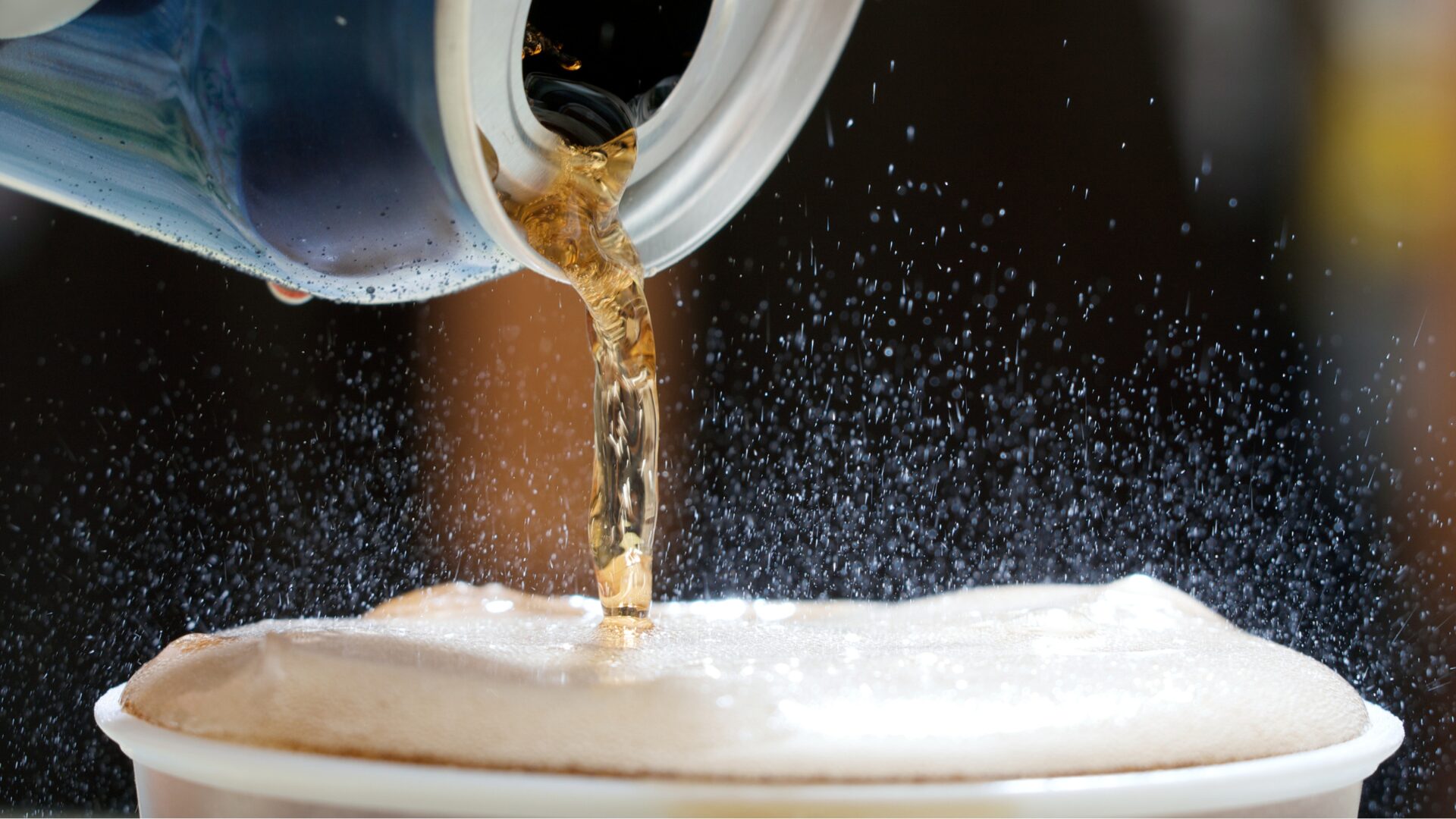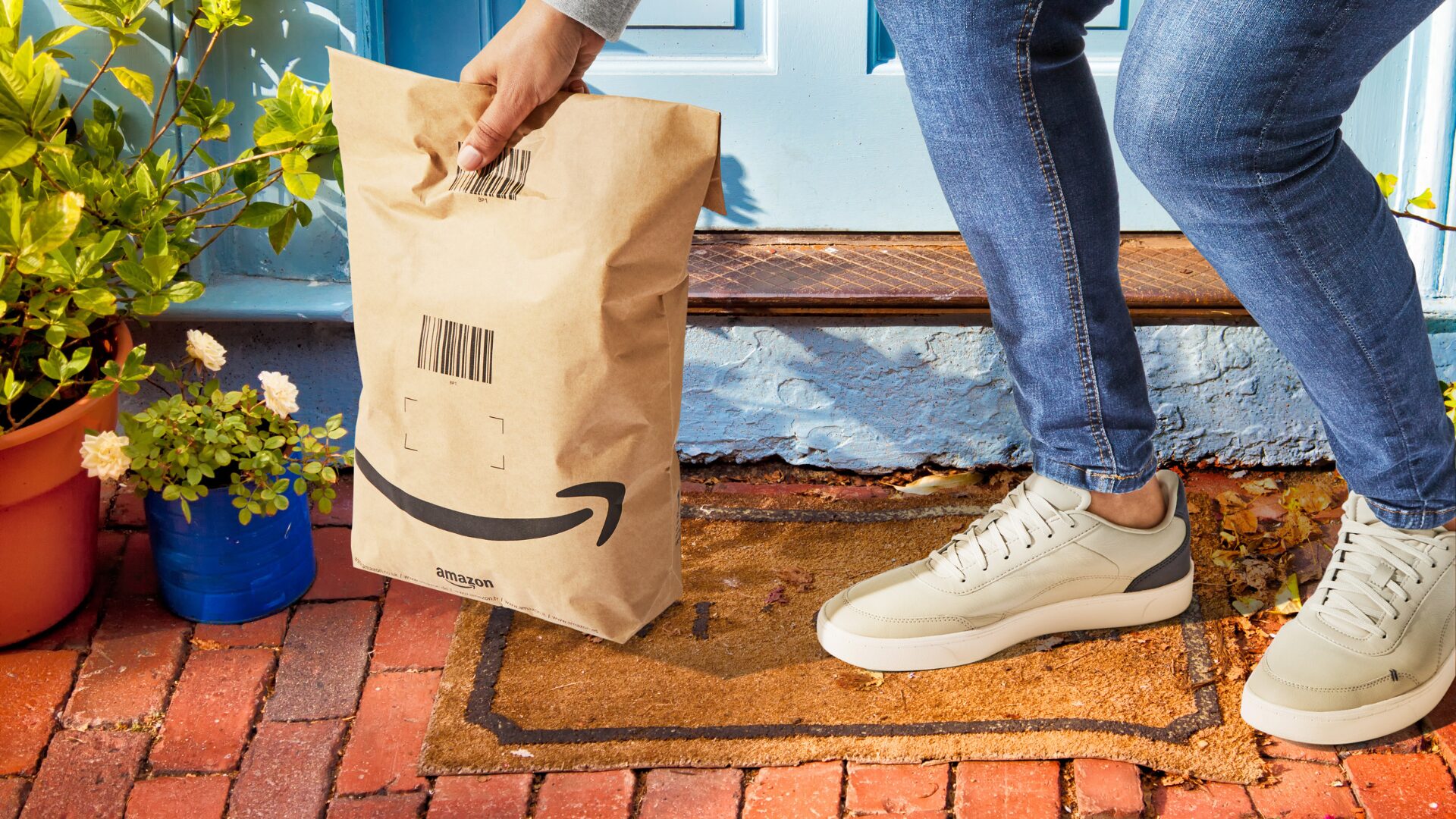Consumers’ grocery shopping habits are changing as they grapple with inflation, leading to fewer trips but spending more during each visit. Between November 2022 and January 2023, average basket size rose 6% while number of trips declined 1%, according to a study by Coresight Research and Placer.ai.
Grocers need to strategize to make the most of these less frequent but larger in-store shopping habits.
One key aspect of this new approach to grocery shopping is that shoppers are actually spending more time in-store, with median visit durations up 3.6%, according to Placer.ai data. Making the most of this opportunity requires grocers to rethink their layout and make grocery shopping into an experience rather than a chore.
“They can place high-demand products at the end of the aisles to encourage customers to explore the entire store and make additional purchases,” said Sujeet Naik, Analyst at Coresight Research. “Retailers can offer value-added product bundles by grouping complementary products together to encourage customers to buy additional items and increase basket size. They can offer in-store experiences such as product demos, sampling, and cooking classes to encourage impulse purchases and expose customers to new products.”
INCENTIVIZING PURCHASES IS IMPERATIVE
Retailers also can adjust their loyalty programs to emphasize spending more time in-store or making larger purchases, which will encourage them to make the most of their fewer visits, according to Naik.
Grocers should note that nonfood CPG sales have been declining, however, due to their discretionary nature. Naik noted that one strategy is to allocate more shelf space for value-driven or essential non-food CPGs, such as personal care and household cleaning supplies. Naik added:
“Retailers should closely monitor sales data of underperforming, nonfood CPG products impacted by inflation and make informed decisions to rationalize their inventory levels.”
“Consider offering discounts or bundle deals on slower-moving, discretionary nonfood CPG to incentivize purchase and clear excess inventory,” the analyst said.
DIFFERENTIATE YOUR BUSINESS ONLINE
Additionally, retailers should be positioning their digital storefronts to take advantage of the fact that shoppers are still ordering online — particularly for non-food CPG items. Naik provided several suggestions for how retailers can best adapt to this habit:
- Expand the assortment of nonfood items online.
- Design your site to help consumers easily navigate to and locate nonfood items with less effort, such as by organizing nonfood items into distinct categories with filtering and sorting options.
- Offer unique and exclusive nonfood products that can help differentiate you from competitors.
PRIVATE LABEL PROVIDES OPPORTUNITIES
With all the above trends being driven by price increases, retailers should look to the category where they can offer the most competitive pricing — private label. Now is the time to promote these dollar-saving brands, particularly when they can be tied into other important aspects like quality and sustainability.
“Retailers should look to provide a variety of private label products across different categories, including essentials, organic, and specialty items, to cater to a broad range of customer preferences,” said Naik. “Retailers can focus on introducing or expanding sustainable and natural private-label options to capitalize on shifting consumer trends.
“Natural and organic products, including those without synthetic color and artificial preservatives or those that meet certain criteria (such as non-GMO), represent a significant growth opportunity for retailers in the private-label market. Retailers should look to promote a message of wellbeing and sustainability around these products, for instance, by displaying product origin and sourcing details on packaging.”












